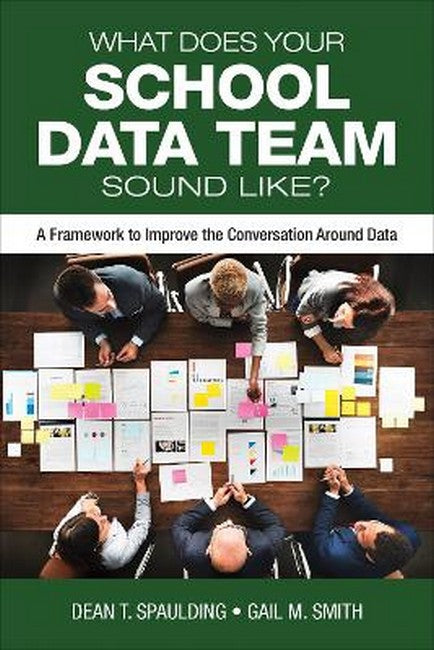Dr. Dean T. Spaulding is currently an assistant professor at the College of Saint Rose in Albany, New York, where he teaches educational research and program evaluation. Dr. Spaulding is the former chair of the Teaching Evaluation SIG for the American Evaluation Association. He also has been a professional evaluator/researcher for fifteen years and has in-depth experience serving as an evaluator on multiple state and federally funded projects. More specifically, he has conducted evaluation for programs focusing on K-12 settings, the use of technology in the classroom, as well as working in the area of teaching and learning with at-risk youth populations. At the government/state agency level, Dr. Spaulding has conducted research and provided programmatic feedback for New York State Department of Education, New York Sate Department of Public Health, and the New York State Office of Mental Health (OMH). Dr. Spaulding also is one of the authors of Methods in Educational Research: From Theory to Practice, 2006, Jossey-Bass Wiley, San Francisco, and the author of Program Evaluation in Practice: Core Concepts and Examples for discussion and Analysis (2008), Jossey-Bass Wiley, and Action Research for School Leaders (2012). Dr. Spaulding is also a consultant at Z Score Inc. dspaulding@zscore.net Gail Smith, a native of Brooklyn New York, received her BA and MS at State University College at Oneonta, NY. She received her masters' in education administration at the University at Albany, State University of New York. Her thirty-six year career at an upstate New York urban school district included positions as a teacher, assistant principal, principal, assistant superintendent and deputy superintendent of schools. In 1988, Gail was one of five finalists for New York State Teacher of the Year. After retiring, Ms. Smith worked for two years as an administrator at two different schools on Native American reservations in Arizona and New Mexico. She returned to her home district in July 2008 to work as a consultant and mentor for their Instructional Leadership/Instructional Coaches project. She also is the proud mother of three children.
Request Academic Copy
Please copy the ISBN for submitting review copy form
Description
Preface Acknowledgments About the Authors 1. Changing the Lens With the Data Analysis Team (DAT) Is Data the New Four-Letter Word? Changing the Lens for How We View Data Where Did All This Data Come From? Okay, Let's Change the Lens! Summary 2. What Should Your Data Team Look Like? Mixed Versus Nonmixed Data Teams Goals of the Data Team What Are the Roles and Responsibilities of Each Team Member? How Will Meetings Be Facilitated? Preparation, the Key to Success Activities Summary 3. Getting Over the Fear of Data Fear of Data What Is a Data Set? What Is a Database? Archival Data Setting Up a Database Entering Data Correctly in a Cell Levels of Data Assessment Data Levels of Accountability Activities Summary 4. How to Know What Works What Works, Anyway? What Are Improvement Cycles? How Do Researchers Determine What Works? Pre-Post One Group Design Summary 5. Following the Steps in the Exploratory and Confirmatory Cycles Exploratory Cycle Confirmatory Cycle Summary 6. More Ways to Examine Data Using Different Variables to Sort Data Graphing Data Types of Graphs Activity Summary 7. Collecting Formative Data The Role of Formative Data in the Confirmatory Cycle Using Classroom Observations as Formative Data Reliability of Observational Data Tips for Conducting Observations Using Surveys as Formative Data Piloting the Survey Collecting Survey Data in School Settings Activity Summary 8. Adding Parents to Your DAT Include Parents, Rather Than Exclude Them Parent Validity Activities Summary 9. Continuing the Conversation Surrounding Student Data Looking at Individual Items Adding Other Variables to the Conversation Looking at District Level Data Summary 10. Scaling Up Data When to Expand to Other Locations A Model for Scaling Up: Patterns in the Data Using Capacity to Scale Up Summary Epilogue References Index

